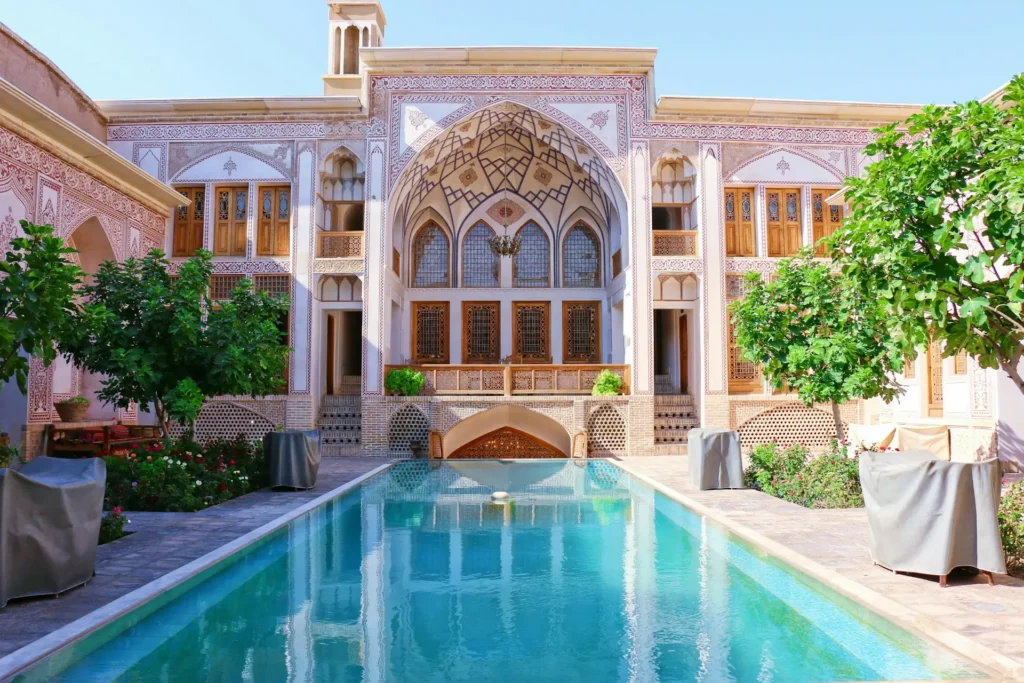When most people think of travel destinations, countries like Italy, France, or Japan often come to mind. But there’s one destination that’s slowly gaining attention for its rich history, stunning landscapes, and welcoming people: Iran. Known for its hidden gems and ancient cities, Iran is a place where adventure and cultural discovery meet in an unforgettable way.
Iran may not be at the top of the typical tourist list, but if you’re seeking a journey that’s off the beaten path, offers cultural treasures, and takes you through some of the world’s most fascinating ancient civilizations, Iran should be at the top of your travel radar. Let’s dive into why this underrated gem deserves a place in your travel plans.
Introduction to Iran: A Land of Rich History and Culture
Iran isn’t just a country—it’s a land where civilization has flourished for thousands of years. As one of the world’s oldest continuous civilizations, Iran boasts a history that stretches back over 5,000 years. From the ancient Persian Empire to its contemporary culture, Iran offers a tapestry of history, art, and architecture that will captivate any traveler.
Whether you’re wandering through bustling bazaars, visiting ancient ruins, or admiring timeless art and architecture, Iran offers something for everyone. But beyond the famous landmarks and UNESCO sites, the country hides some remarkable off-the-beaten-path gems—places that make your travel experience unique and deeply enriching.
Hidden Gems of Iran: Destinations You Won’t Find in Guidebooks
When people think of Iran, cities like Tehran or Isfahan often come to mind. But if you’re looking for hidden gems—places that remain relatively undiscovered by mass tourism—Iran is brimming with lesser-known destinations that offer unique experiences and unforgettable beauty. Here are just a few of Iran’s most enchanting hidden treasures.
1. Kish Island: A Serene Escape
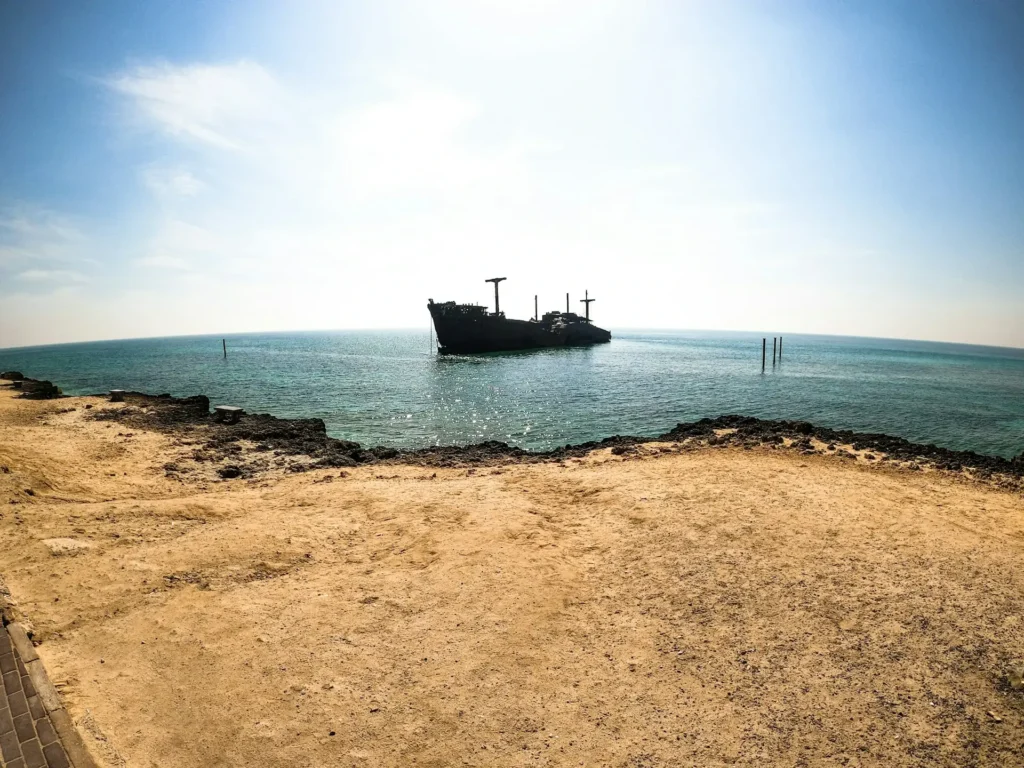
If you’re looking for an island getaway in the Middle East, look no further than Kish Island. Located in the Persian Gulf, this small island is a paradise of white sandy beaches, crystal-clear waters, and a relaxing atmosphere. Known for its low-key vibe compared to other more popular beach destinations, Kish offers a quiet escape where you can unwind, enjoy water sports, and explore its picturesque coastline.
- Things to do in Kish Island:
- Visit the Greek Shipwreck—an intriguing shipwreck off the coast that has become a popular photography spot.
- Explore the Kish Dolphin Park, a marine park that’s perfect for families.
- Walk along the Kish Coral Beach, known for its vibrant marine life and coral reefs.
2. Masuleh Village: A Picturesque Mountain Retreat
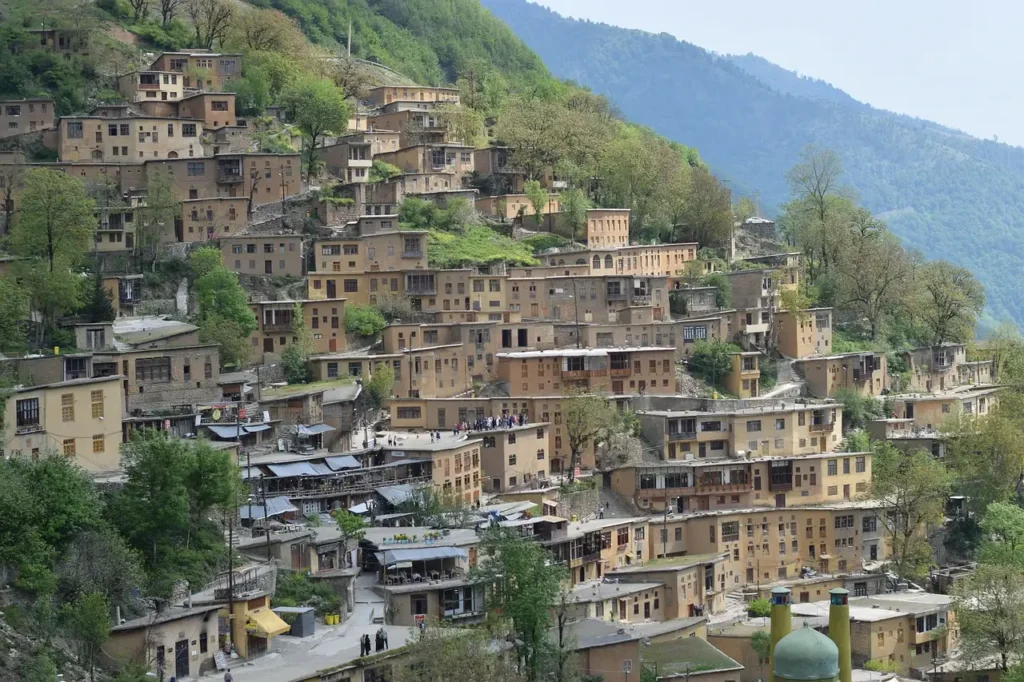
Nestled in the lush, misty mountains of northern Iran, Masuleh Village looks like something out of a fairy tale. The village is famous for its unique stepped architecture, where homes are built into the mountainside and the roofs of one building serve as the terrace of the building above it. This charming village is perfect for those who love nature, culture, and tranquility.
- Things to do in Masuleh Village:
- Explore the narrow, cobbled streets that wind their way through the village.
- Visit the local bazaars for handicrafts, traditional clothing, and artisanal products.
- Enjoy a traditional Persian meal at one of the village’s cozy, family-run restaurants.
3. Tabriz Bazaar: A Journey Through Time
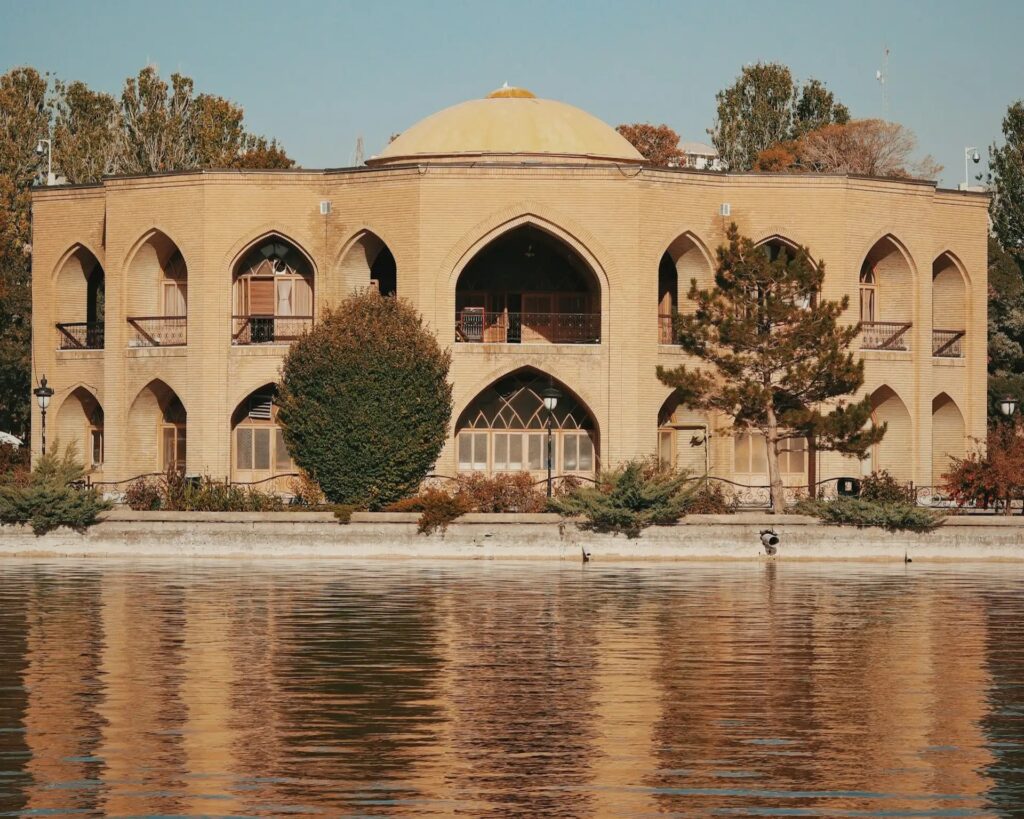
Located in the city of Tabriz, Tabriz Bazaar is one of the oldest bazaars in the world and a UNESCO World Heritage site. This sprawling market has been a hub of commerce and culture for centuries, offering everything from spices and textiles to handcrafted jewelry and carpets. It’s a perfect destination for travelers looking to immerse themselves in Iranian culture and history.
- Things to do in Tabriz Bazaar:
- Stroll through the old caravanserais (rest stops for traders) to experience traditional Persian architecture.
- Shop for Persian rugs, spices, and traditional handicrafts that make perfect souvenirs.
- Take in the sights of the Blue Mosque, one of Tabriz’s most iconic landmarks, known for its stunning tilework and rich history.
The Allure of Iran’s Ancient Cities
While hidden gems provide an element of surprise and adventure, Iran’s ancient cities are where history comes alive. These cities are the epicenter of Iran’s past civilizations, offering a glimpse into the wonders of the ancient world and showcasing the country’s architectural brilliance. Here are a few must-visit ancient cities that you should add to your itinerary.
1. Isfahan: The Jewel of Persia
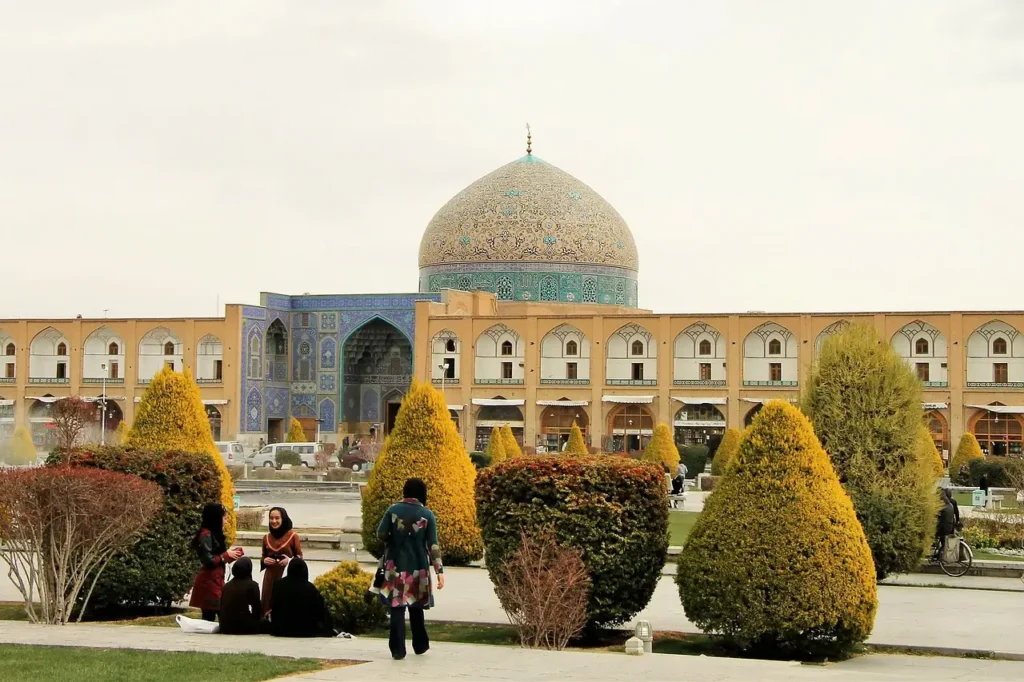
Considered one of the most beautiful cities in Iran, Isfahan is often called “Nesf-e Jahan” (Half of the World) due to its breathtaking architecture, vibrant culture, and stunning gardens. The city is home to magnificent Islamic-era monuments and beautiful public squares, making it a dream destination for history and architecture lovers.
- Things to do in Isfahan:
- Visit the Naqsh-e Jahan Square, a UNESCO World Heritage site surrounded by architectural masterpieces like the Shah Mosque and Ali Qapu Palace.
- Take a stroll along the Si-o-se-pol Bridge, one of the most iconic bridges in Iran.
- Admire the intricate tilework and stunning architecture at Sheikh Lotfollah Mosque.
2. Persepolis: The Heart of the Persian Empire
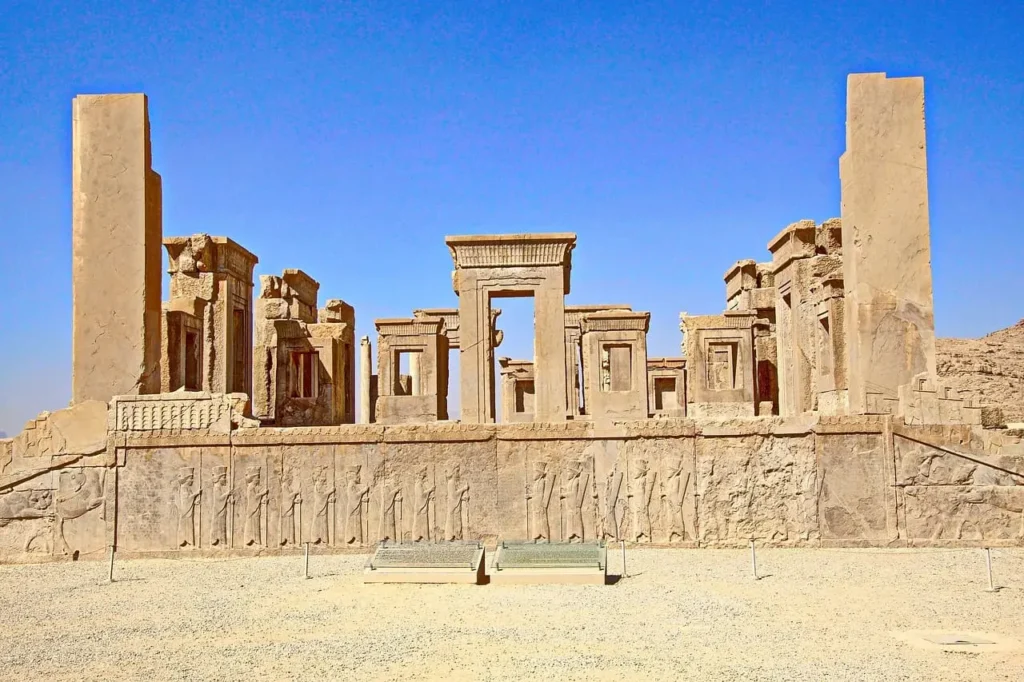
Located near Shiraz, Persepolis is the ancient capital of the Persian Empire and one of the most important archaeological sites in the world. Founded by Darius I in 518 BC, this monumental city was the ceremonial heart of the empire. Its ruins, including majestic palaces, impressive staircases, and carvings, offer a fascinating window into the grandeur of ancient Persia.
- Things to do in Persepolis:
- Explore the Persepolis ruins, including the Apadana Palace and the Gate of All Nations.
- Marvel at the reliefs and carvings that depict the grandeur of the Persian kings and their court.
- Visit the nearby Tomb of Cyrus the Great, the founder of the Persian Empire.
3. Yazd: A Glimpse into Ancient Persian Traditions
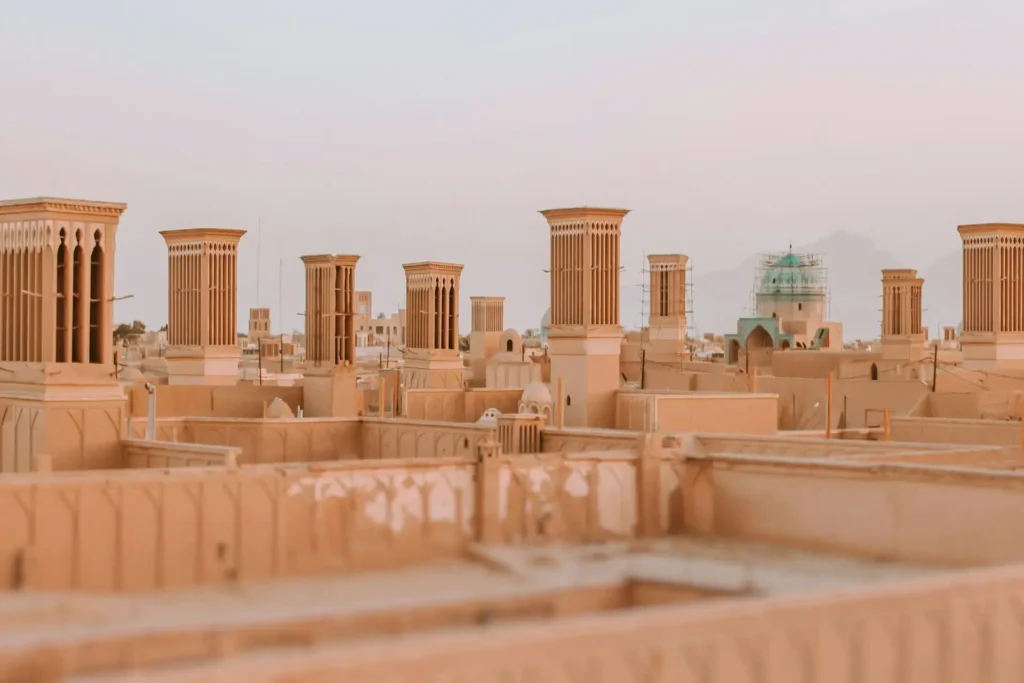
Known for its unique desert architecture, Yazd is an ancient city that has retained much of its original charm. With its wind towers (badgirs), adobe buildings, and Zoroastrian fire temples, Yazd is the perfect destination for travelers interested in exploring ancient Persian traditions and desert landscapes.
- Things to do in Yazd:
- Visit the Jameh Mosque, a stunning example of Persian-Islamic architecture.
- Explore the Zoroastrian Fire Temple, where the sacred fire has been kept burning for over a thousand years.
- Take a walk through the old city, a maze of narrow alleyways and traditional mudbrick houses.
Iran’s Cultural and Architectural Wonders
Iran’s cultural and architectural heritage is second to none, with a rich mix of Persian, Islamic, and regional influences. From majestic mosques to intricate palaces, Iran’s architecture will leave you in awe. Here are some of the most beautiful cultural landmarks that you must see on your trip.
1. Nasir al-Mulk Mosque (Pink Mosque), Shiraz
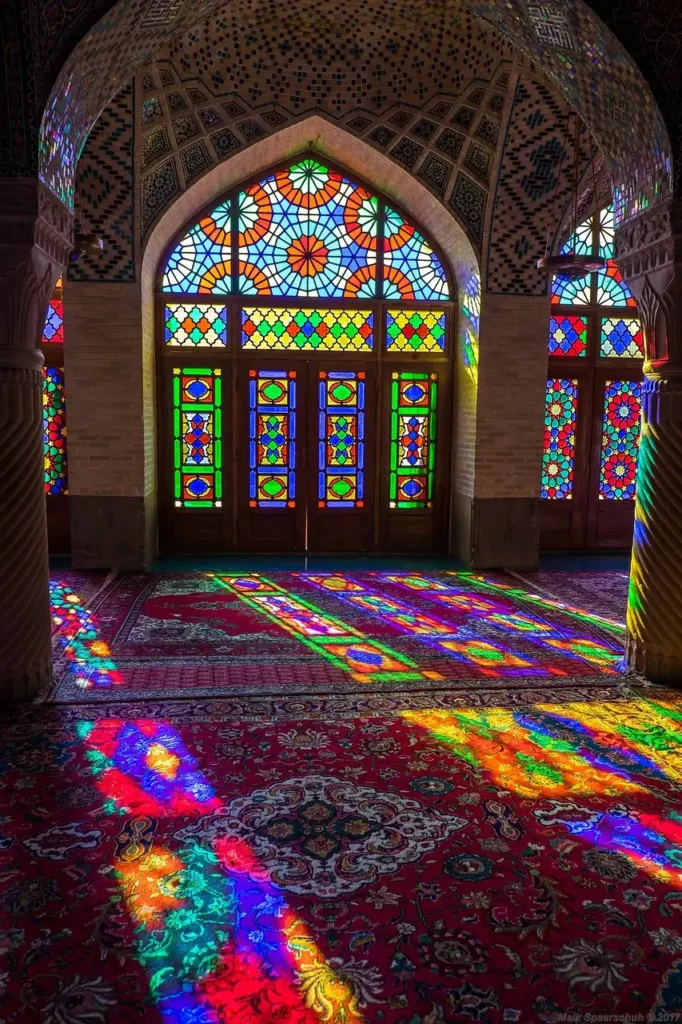
One of Iran’s most iconic mosques, the Nasir al-Mulk Mosque is famous for its vibrant stained-glass windows that create a kaleidoscope of colors when the sunlight filters through. The mosque is a true masterpiece of Persian architecture, combining intricate tilework, arches, and courtyards.
- Why visit: The mosque is one of the most photogenic locations in Iran, offering incredible photo opportunities, especially during sunrise when the light creates stunning color patterns.
2. Golestan Palace, Tehran
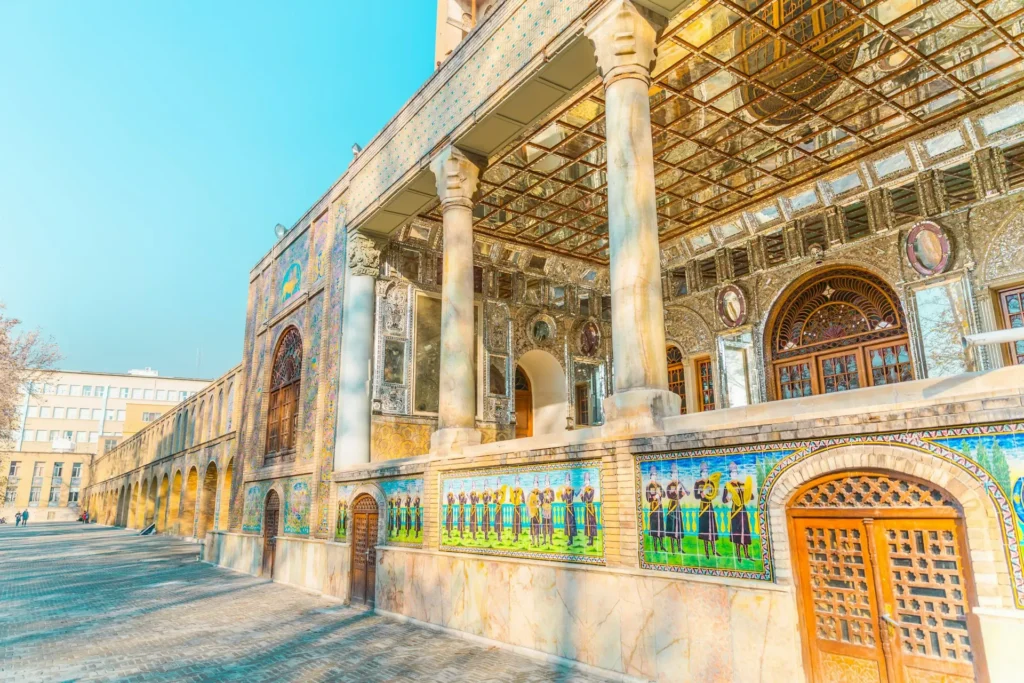
Located in the heart of Tehran, Golestan Palace is a UNESCO World Heritage site and a prime example of Qajar-era architecture. The palace complex is filled with ornate halls, lush gardens, and exquisite tilework.
- Why visit: Golestan Palace offers a fascinating glimpse into Iran’s royal history and is one of Tehran’s most important cultural landmarks.
Practical Travel Tips for Visiting Iran
If you’re planning your trip to Iran, here are a few tips to ensure your journey is smooth and enjoyable.
1. Visa Requirements
To travel to Iran, most visitors will need a visa. The process can be straightforward, and in some cases, you can apply for a visa on arrival. Be sure to check the latest travel advisories and visa regulations before you go.
2. Best Time to Visit
The best times to visit Iran are during the spring (March to May) and autumn (September to November) months when the weather is mild and pleasant. Avoid the summer months (June to August), as the heat can be intense, especially in desert cities like Yazd.
3. Respect Local Customs
Iran is a conservative country, so it’s important to be respectful of local customs. This includes dressing modestly (especially women) and avoiding public displays of affection. You should also be mindful of local customs around food and drink, as well as prayer times.
Conclusion :
Iran is a destination that offers an unmatched combination of history, culture, and beauty. With its hidden gems, ancient cities, and architectural wonders, Iran has something for every kind of traveler—from history buffs to nature lovers and those seeking cultural immersion. So, if you’re ready for an adventure that will take you through millennia of history, unforgettable landscapes, and authentic experiences, Iran should be on your travel radar.
Don’t just take our word for it—pack your bags and start exploring the hidden gems of Iran. The adventure of a lifetime awaits you.
FAQ About Iran
Q: Why should Iran be on my travel radar?
Iran offers a wealth of hidden gems and ancient cities that are rich in culture, history, and beauty. It’s a country that will take you on a journey through one of the world’s oldest civilizations while offering authentic experiences away from the typical tourist crowds.
Q: What are some hidden gems in Iran to visit?
Some of Iran’s hidden gems include Kish Island, Masuleh Village, and Tabriz Bazaar. These destinations offer unique experiences that you won’t find in typical travel guides.
Q: What are the top ancient cities to visit in Iran?
Top ancient cities to visit include Isfahan, Persepolis, and Yazd. These cities are steeped in history and boast incredible architectural wonders.
Q: How safe is Iran for tourists?
Iran is generally safe for tourists, though it’s important to follow local customs and respect cultural norms. Always check travel advisories before your trip.
Q: When is the best time to visit Iran?
The best times to visit are during the spring (March to May) and autumn (September to November) when the weather is mild and perfect for sightseeing.
